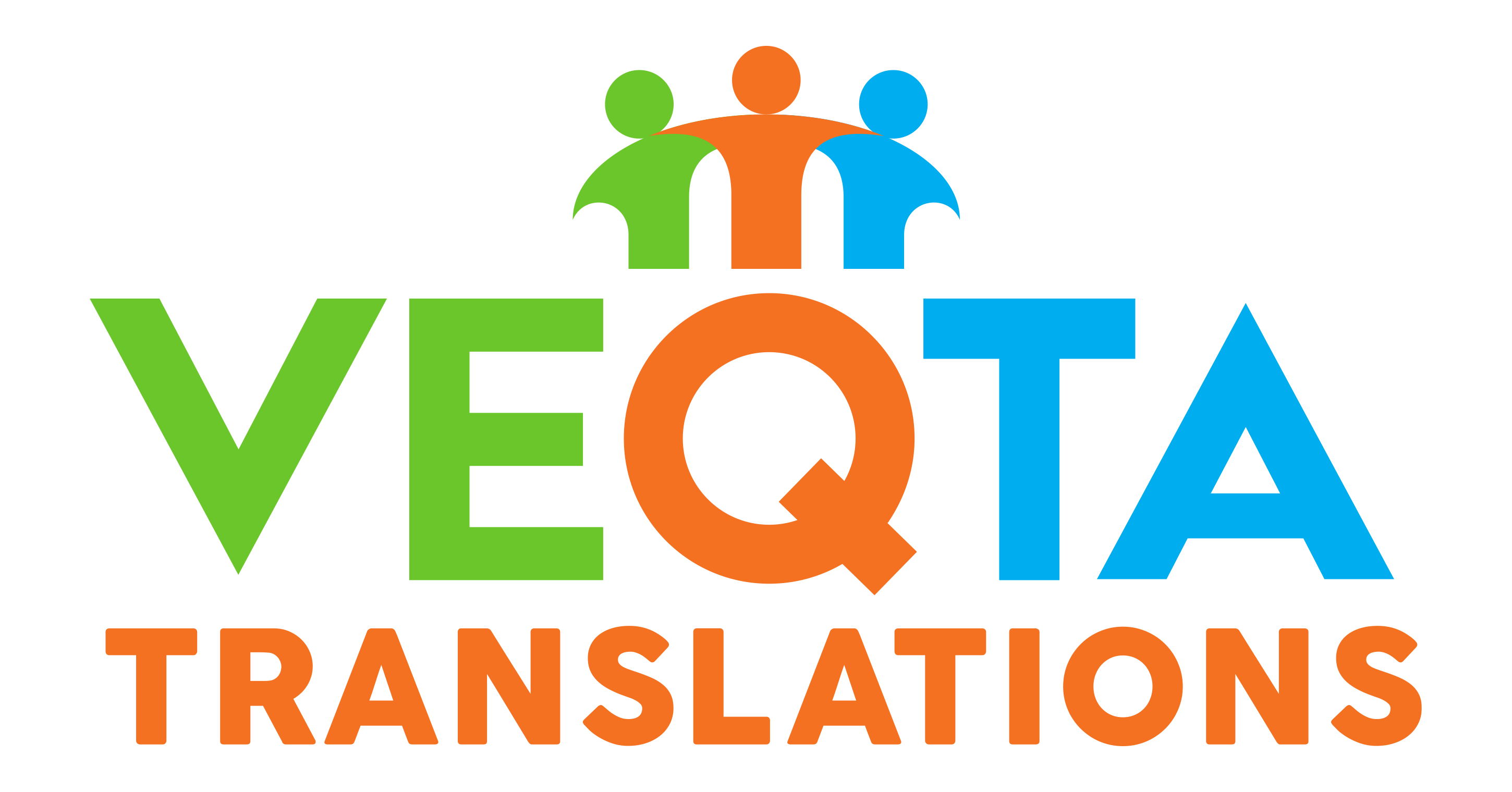Accuracy, Security, and Real-Time Context: The Human Edge of Onsite Transcription
Introduction
In the age of digital transformation, remote work has become standard across many industries. With the rise of AI-based transcription tools and virtual collaboration platforms, it’s fair to question the relevance of traditional onsite transcription services. However, despite these advancements, onsite transcription remains vital across many professional environments.
1) Accuracy and Contextual Understanding
Onsite transcriptionists offer a level of accuracy often unmatched by automated tools. Being physically present during meetings, legal proceedings, or medical consultations allows them to grasp nuances, identify speakers effectively, and capture context that can be lost in remote or automated workflows.
2) Enhanced Security and Confidentiality
Legal, medical, and governmental sectors handle highly sensitive information. Onsite transcription dramatically reduces the risk of data breaches because content never leaves the premises. This closed-loop approach upholds the highest confidentiality standards.
3) Real-Time Transcription Support
In courtrooms, live events, and high-stakes business meetings, onsite professionals provide immediate, accurate transcriptions that support decisions, records, and accessibility for participants with hearing impairments.
4) Superior Quality Control
Onsite transcription enables real-time quality checks. Professionals can clarify terms or request repetitions when audio is unclear, ensuring the final document is accurate and complete.
5) Better Adaptability to Complex Environments
Live settings include background noise, multiple speakers, and regional accents. Onsite experts are trained to navigate these challenges—especially crucial in medical or legal contexts where precision is non-negotiable.
6) Integration with Institutional Workflows
Onsite transcriptionists often become part of an organization’s processes. Familiarity with jargon, formatting, and expectations drives greater consistency and efficiency.
7) Building Trust and Relationships
Human interaction builds professional trust. Long-term onsite collaboration improves communication and yields more context-aware transcripts.
8) Accessibility and Inclusion
Onsite services provide immediate support for people with disabilities. Through CART and other methods, being physically present helps meet accessibility needs effectively and inclusively.
9) Handling Technical Failures
Remote solutions depend on internet connectivity, recording hardware, and software reliability. Onsite transcription minimizes these vulnerabilities and keeps mission-critical sessions on track.
10) Customized Service Delivery
Onsite professionals tailor outputs to the event or team—adapting to formatting requests and internal templates that are hard to replicate remotely.
11) Supporting High-Stakes Environments
In hospitals, courtrooms, and government meetings, a misheard word can have serious consequences. Physical presence adds a layer of responsibility and accuracy.
12) Ethical Oversight and Accountability
Onsite professionals operate under institutional protocols and immediate supervision, reinforcing accountability and adherence to ethical standards.
13) Human Intuition and Decision-Making
Certain calls require human judgment—deciding what’s relevant, catching emphasis, or interpreting sarcasm and tone. Onsite experts handle these nuances better than current AI.
14) Legal Compliance and Recordkeeping
Some jurisdictions and institutions require onsite transcription to meet regulatory standards, ensuring that records are maintained accurately and lawfully.
15) Complementary Role to Remote Services
Onsite transcription doesn’t compete with remote solutions—it complements them. Hybrid models combine the flexibility of remote with the reliability of onsite.
Conclusion
While remote and AI-powered tools offer convenience and scale, they can’t replace the depth, precision, and reliability of onsite transcription services. In high-stakes, complex, or sensitive environments, onsite transcription remains irreplaceable. Organizations that value accuracy, security, and human insight benefit from maintaining onsite capabilities alongside digital counterparts.
FAQs
What is the difference between onsite and remote transcription?
Onsite transcription occurs with a professional physically present at the venue, while remote transcription is completed offsite using recorded audio or video.
Are onsite transcription services more secure than remote ones?
Yes. Because data remains on premises, onsite workflows reduce exposure to cloud or network risks.
In what situations is onsite transcription most beneficial?
Onsite transcription excels in courtrooms, medical consultations, confidential meetings, and any context where accuracy and confidentiality are paramount.


